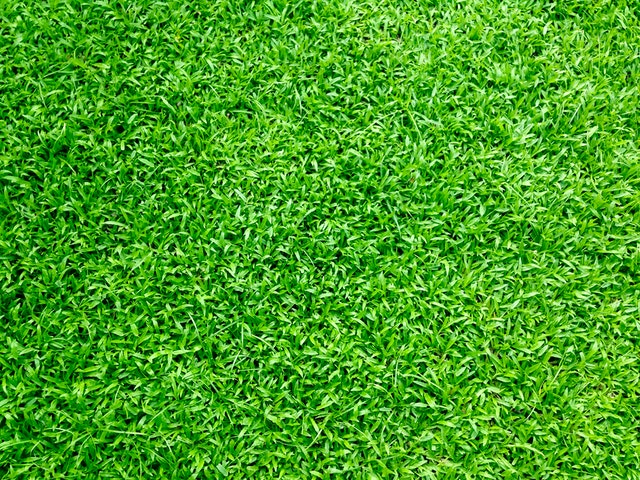We are all aware that having natural grass in our backyard is the optimum environment for wildlife assistance. However, for many families, artificial grass is the most practical alternative.
Keeping a lush lawn may be a labor of love, and not everyone can keep up with mowing, weeding, and watering. However, faux grass provides many advantages for those with tiny areas, hectic lives, young children, and pets.
Artificial Turf
While it feels similar to natural grass underfoot, artificial grass provides you more time to enjoy your landscape. Muddy messes and grass stains are likewise a thing of the past. However, most plants need a monthly brush and hose-down and bi-annual weedkiller applications.
There will be no issues with your synthetic grass’s look, texture, or smell as long as you maintain it regularly, clean up after spills and dogs, and treat weeds before installing it. Are you contemplating a synthetic grass lawn and debating whether to abandon conventional turf? Continue reading for professional guidance and issues to consider.
How To Install Synthetic Grass
You may put fake grass yourself, provided you keep pile direction in mind. ‘For the greatest, most aesthetically attractive results, face the grass blades in the direction of your viewpoint,’ says Grass Direct.
Align your grass rolls by placing them with the pile leaning in the same way across each roll for uniformity and to hide seams. While various synthetic grass suppliers utilize different installation procedures, the principles are the same – you want a sturdy foundation to keep the grass from moving and weeds from growing through.
Most accomplish weed suppression by first laying a layer of the membrane. It is a fantastic option if there is no border for the grass to butt up against (such as a fence or your decking plans) or a wood or steel edge to the frame. This will give your garden ideas a clean, professional look.
Next, you’ll need to build a strong foundation, which is usually made of sand or similar material that has been compressed to make it level. Finally, unroll your grass – make sure the rolls are laying in the same direction, so the blades point in the same direction.
It may be glued or fastened in place and ruffled to conceal seams. If you decide to do it yourself, measure the area you wish to cover plus 5cm all around — the grass can be cut afterward.
What Goes Under Fake Grass?
The ideal mix for installing fake grass includes builders’ sand and a weed barrier. Silica sand under your artificial grass will help protect it from UV radiation, allowing it to last longer. On the other hand, acrylic sand is very efficient in preventing germs and unpleasant odors.
While installing it, sufficient drainage underneath your lawn should be your number one concern. A lousy drainage system may cause a slew of issues and headaches.
To avoid pools of filthy water from forming on the surface of your yard every time it rains, Dig a deeper soakaway at the front of your lawn and fill it with debris, covering everything with the standard 75mm sub-base.
In this method, if it rains heavily, the pit with the debris will serve as an underground reservoir. It will collect rainfall and spread it evenly back into the soil underneath your fake grass.
